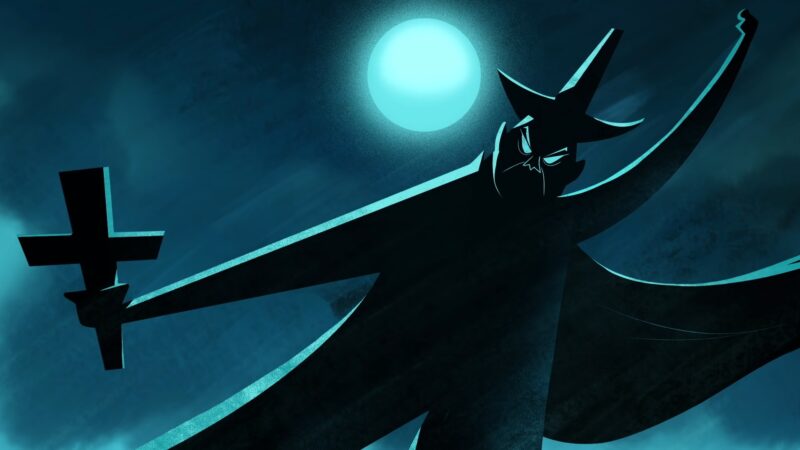5 Facts You Didn’t Know About The Salem Witch Trials
The Salem witch trials, a series of hearings and prosecutions of people accused of witchcraft in colonial Massachusetts between February 1692 and May 1693, are a significant and dark chapter in American history. While many are familiar with the basic events surrounding these trials, there are numerous lesser-known facts that provide deeper insights into the … Read more
